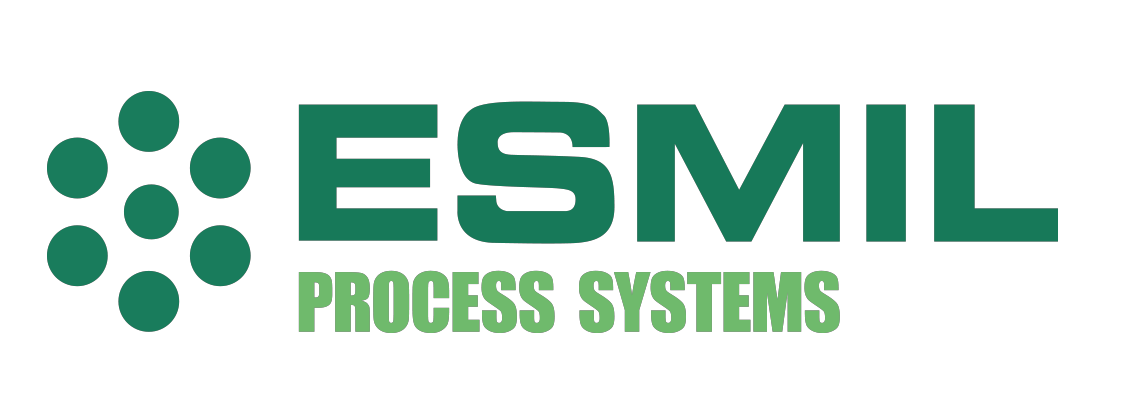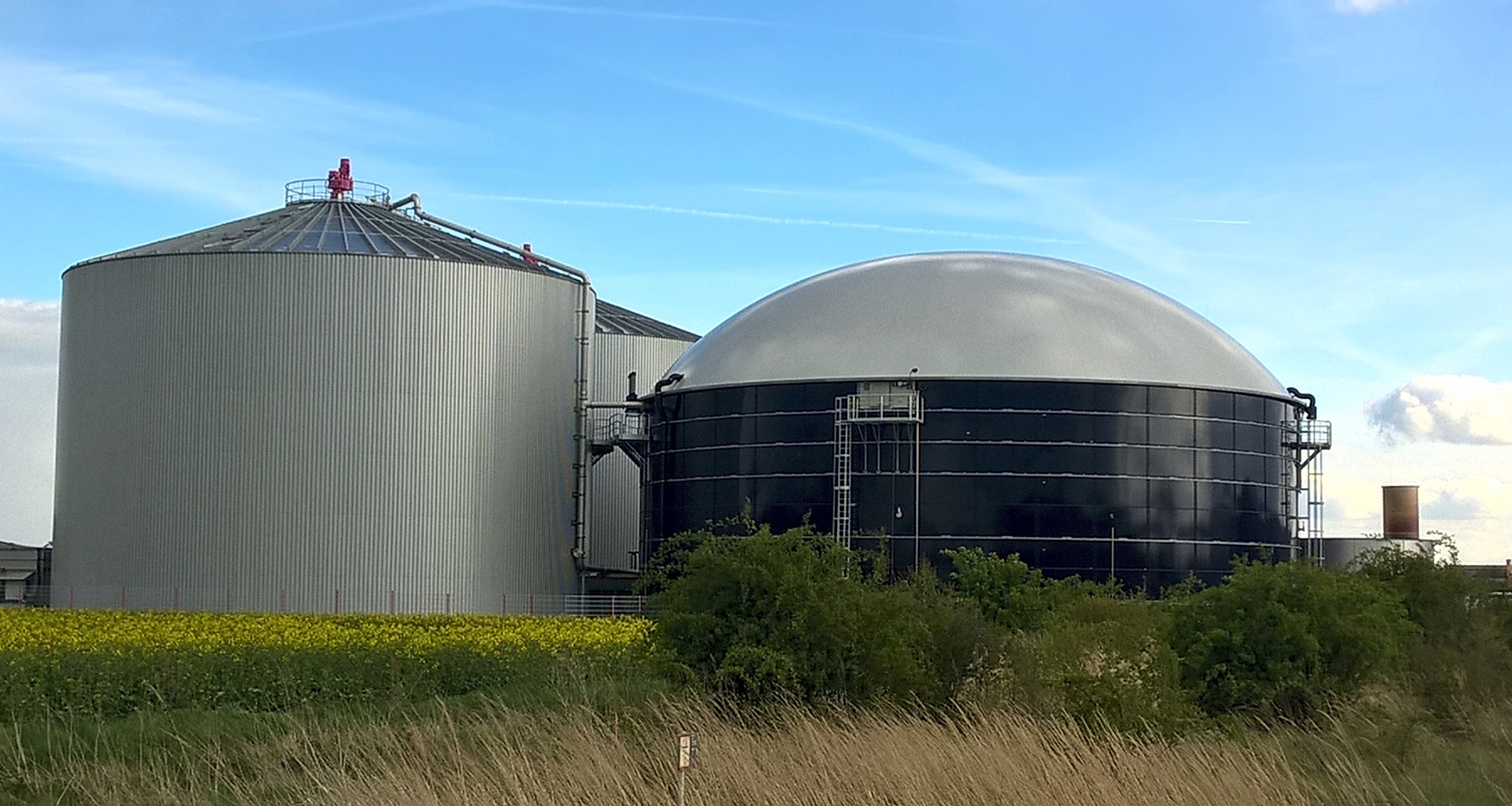Introduction
This note is to summarize the major economic drivers impacting the Capex decision for installation of an AD Digestate solid/liquid separation system. There are a number of assumptions which are required to be made for the analysis including:
- The scale of the operation and plant installed. A basis of 100 000 tons/annum (wet feed) is assumed for the mass balance work informing the analysis.
- Material balances (solid/liquid) were considered only in this analysis. It is assumed that the CHE economics are unaffected by the downstream waste solids/liquid recovery and disposal.
- It is assumed AD plant operator are able to effectively market the two primary outputs from the proposed waste treatment system, i.e., a stackable compost which has a DS of between 35 and 40%, and a liquid concentrate fertiliser as the main product from the membrane separation unit operation.
- It is further assumed that the 2 fertiliser output streams are PAS 110 compliant.
- The water balance indicates an excess of about 3.6 th-1 which has been stripped of all contaminants and which is suitable for plant re-use and/or discharge to sewer at no/low cost.
Summary of mass balance analysis
For a continuous 100 000 ton per year wet feed operation (mixed food waste) operated under mesophilic conditions, the major outputs are summarised in Table 1.
Table 1 – Revenue streams after AD digestate treatment
| Output stream | thr-1 | DS (%) | Value, £/ton | Revenue, £ 000p.a |
|---|---|---|---|---|
| Stackable compost | 2.85 | 35 | 10.45 | 15.1 |
| Liquid fertiliser conc. | 4.61 | 1.75 | 7.0 | 20.1 |
| Biogas | 0.72 | - | 0.765 | 624.2 |
| Clear permeate | 3.60 | - | 4.30 | 126.3 |
The significant cost drivers associated with AD digestate handling and management are listed in Table 2. Relative cost changes for handling a solid stream (compost) and a concentrated fertilizer (liquid stream) are compared to the base case whereby AD digestate is disposed of without treatment.
Table 2 - Cost drivers for AD digestate processing & disposal
| Cost Driver Description | Range | CAPEX | OPEX |
|---|---|---|---|
| Plant scale | 50 ktpa → 100 ktpa | -20% | -20% |
| Transport costs digestate | 50 miles | +++[1] | |
| WACC | 7% - 8.5% - 10% | ± £ 1.50/t | [4] |
| Spreading costs | £2.50 - £5.00 | +++[2] | |
| Environmental damage costs | NH4+ replacement | [3] | |
| OPEX proposed separation plant | Base + 30% |
Notes
[1] Base case assumes a 50 mile round trip with no back haul option. Sensitivity was calculated using an 80 mile round trip
[2] Base case assumes spreading cost of £5.00 per m3 digestate spread. Sensitivity analysis using £2.50 (low case) and £5.00 (high case) per m3 spreading costs.
[3] Based on EEA guidelines which credits replacement of inorganic fertilisers which are highly energy intensive to manufacture. However, no debits are factored for GHG and NH<sub>3</sub> emissions during transport or spreading. These are currently in the process of being gazetted and netted off for future reference.
[4] WACC sensitivities calculated on a capital cost range of 7 – 10%. These costs are largely immaterial in that there are significant tax rebates for installation of plant positively affecting emissions and promoting carbon-net-zero technologies.
Base case scenario analysis
Table 3 below compares the Base Case (whole digestate trucked off-site and disposed to land) to dewatering and separating the digestate into a solid stream (post-dewatering unit), a concentrated liquid fertiliser and a clear permeate stream. The third column indicates the sensitivity of the base case to increased transport distances [50 – 80m], increased spreading costs [£2.50 – £5.00 per ton] and increased environmental damage costs [function of transport distance and spreading method]. Costs are quoted on a per ton digestate basis for a 100 000 ton per year AD facility yielding 16 t/h digestate at 6,7% DS.
Opex costs for the proposed solid/liquid separation plant are included in line 6 for completeness. A sensitivity factor of ± 30% is applied to this cost line to cater for variation in AD feed source, process variation (temperature and retention time) and power requirements.
Plant scale and WACC cost factors have been discounted in this analysis for 2 reasons, firstly plant scaling is a sunk cost and cannot be easily altered and similar to WACC, is accounted for in the Capex spend at project origination. Further, current subsidies in the form of first year rebates allow for recovery of 100 % capital expenditure in the first year of new projects. At worst case, 20% increases in WACC and scaling capital costs approach £0.90 – £1.50 per ton digestate and are not significant compared to the other costs.
Table 3 - Base case compared to sensitivity changes [per annum basis]
| Plant scale | Base Case, £/ton | Base Case, £/annum | Base Case + ensitivity, [£/t] £/annum |
|---|---|---|---|
| Transport cost – 50 m trip | n/a | n/a | n/a |
| WACC | 5.86 | 761 800 | [9.38] 1 219 400 |
| Spreading costs | n/a | n/a | n/a |
| Environmental damage cost | 2.50 | 325 000 | [5.00] 650 000 |
| Opex proposed separation plant | 1.12 | 145 600 | [1.79] 232 700 |
| Total | 0.00 | 0.00 | [2.97] Base + 30% |
Table 4 constructs the case for separation and treatment of the whole digestate into a solid stream at 30 – 35% DS which is stackable and suitable for sale as an agricultural compost. The liquid digestate is further separated into 2 streams consisting of a concentrated liquid fertiliser with high plant nitrogen uptake availability which can displace traditional inorganic nitrogenous fertilisers and a clear stream free of contaminants suitable for process dilution, discharge to sewer or water course.
Separate stream analysis
Table 4 - Separate Stream analysis after separation
| Factor | Base case £’000 per annum | Base case [S] £’000 per annum | Compost @35% DS £’000 per annum | Fertiliser @1.75% DS £’000 per annum | Permeate £’000 per annum |
|---|---|---|---|---|---|
| Transport | (761.8) | (1219.4) | 96 [15] [2] | (220.3) (352.7) | 0 |
| Spreading Cost | (325.0) | (650.0) | 0 | (94) (188) [3] | 0 |
| Environmental Cost | (145.6) | (232.7) | 0 [0] | (42.1) (67.3) | 0 |
| Utility value [5] | n/a | n/a | n/a | n/a | 126.3 |
| Opex proposed plant [6] | 0 | 0 | (87.2) | (70.3) | (111.4) |
| Total[1] | (1232.4) | (2102.1) | 8.8 [15] | (426.7) (678.3) | 14.9 |
Notes
[1] Costs are net reflective of any whole digestate nutrient value realised
[2] Revenue accrued at £10.40 per kg for a round trip of 50m (80m) and assuming a transport cost the same as whole digestate.
[3] Concentrate costed the same as whole digestate (although a superior product) for comparison purposes. Typical revenue for this type of fertiliser is £7.20 per m3 – in this case it has been set to 0.
[4] Compost attracts no GHG/emissions penalties in storage & transport
[5] AD plant receives 5.0 tons per hour make-up water which will displace town/municipal water cost. The rest (3.6 tons per hour) is discharged at no cost. Assumed municipal water cost of £ 4.30 per m3.
[6] Opex cost estimates as per Table 5 below. Proposed plant opex costs sensitivity at base + 10% and base + 30%. Cost allocations as per weighted mass stream.
Opex for roposed plant MDQ – VSEP – RO
Table 5 - Opex estimates for proposed plant MDQ – VSEP – RO
| Factor | £/m3 digestate reated - base | Base [+10%] [+30%] |
|---|---|---|
| Power | 0.46 | [0.51] [0.60] |
| Water (recovered permeate) | 0.00 | 0.00 |
| CIP cleaners | 0.46 | [0.51] [0.60] |
| Coagulant + Flocculant | 0.67 | [0.74] [0.87] |
| Antiscalant | 0.01 | 0.01 |
| Replacement membranes | 1.38 | [1.52] [1.79] |
| Total | (1232.4) | 2.97 [3.29] [3.87] |
Conclusions
This marginal analysis indicates that the largest cost drivers in AD plant operations are haulage costs, spreading costs, environmental damage and (new plant opex) costs. In essence, the less water or digestate trucked off site the more positive the marginal revenue.
From Table 4, it may be noted that:
1. The base case for a 100 000 ton/annum AD plant realises a net disposal cost of between £ 1 232 400 and £ 2 102 100 per annum dependant on the applicable sensitivities.
2. Dewatering and separation of the digestate into 3 streams alters the cost structure considerably by simply not trucking off 3.60 tons/hour of permeate, displacing 5.00 tons/hour of town water as well as realising positive revenues from the sale of compost. The net disposal cost then ranges between £ 403 000 and £ 655 000 per annum.
3. Table 4 data for liquid fertiliser represent absolute worst-case disposal of this product which should accrue a positive contribution for the AD operation, as well as a significantly lower spreading cost (no specialised equipment required for product application). For ease of analysis, it has been treated exactly the same as whole digestate.
Sources:
1. WRAP – Assessing the costs and benefits for production and application of Anaerobic Digestate to agricultural
land.
2. Engineering Life Sciences. 2012, 12, No.3, 242 – 257.
3. Wood Energy Ltd., 2015.
4. German Biogas Know-How No.4, Fachverband Biogas.







